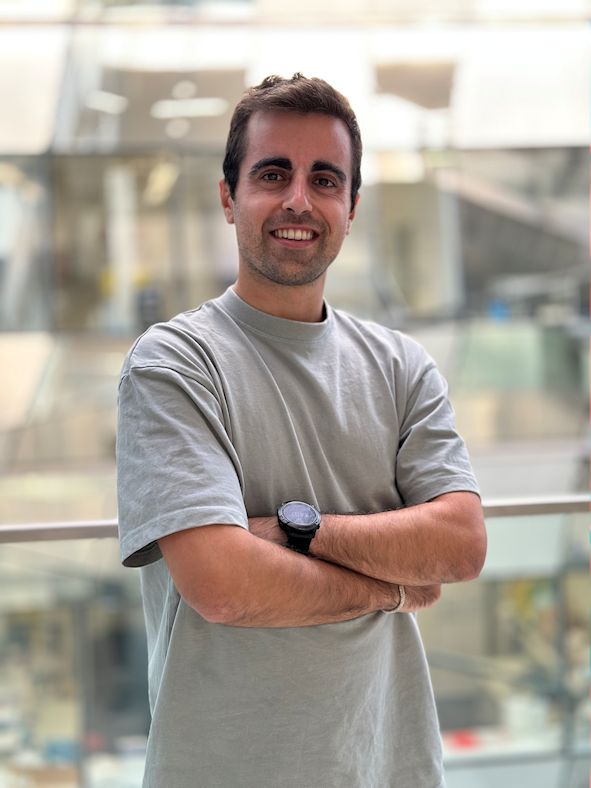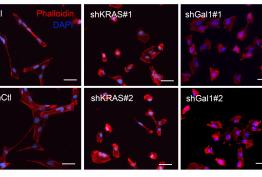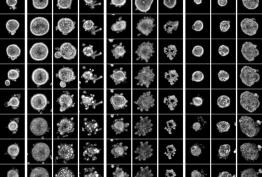Unai Sarriés Serrano, pre-doctoral researcher of the team led by Dr. Analia Bortolozzi, from the IIBB - CSIC, has been awarded by the EMBO Fellows Scientific Exchange Programme to develop the PD-SeroSyn project focused on the study of the organisation of serotonergic synaptosomes in the prefrontal cortex using a mouse model with co-pathology of depression and Parkinson's disease (PD).
PD is the second most common neurodegenerative disorder, affecting approximately 10 million people worldwide (in Spain, these figures stand at 300,000 people). It is an age-related neurodegenerative disorder associated with progressive loss of dopaminergic (DA) neurons and deposition of abnormal aggregates of α-synuclein protein. However, PD is known to begin years or even decades before the onset of motor symptoms, with non-motor symptoms including neuropsychiatric dysfunctions, such as depression and anxiety, disabling symptoms that affect the quality of life of PD patients. In people with PD, the main cause of depression is thought to be an imbalance in certain neurotransmitters that regulate mood, with serotonin (5-HT) being a prime candidate.
The brain 5-HT system exerts its widespread effects from a group of relatively small brainstem nuclei known as the raphe nucleus. Among the different raphe nuclei, the dorsal raphe nucleus is the largest serotonergic nucleus, containing 0.015% of all neurons in the brain (250,000 and 9,000 in human and mouse brain, respectively). These serotonergic neurons maintain strong reciprocal connectivity and mutual control with the medial prefrontal cortex, a region important in emotion regulation and associated with depression.
The PD-SeroSyn project aims to analyze the molecular events that occur in the serotonergic synapses of the prefrontal cortex and striatum in a humanized mouse model that over-expresses α-synuclein protein in the dorsal raphe nucleus, generated in the research team led by Dr. Bortolozzi. To do so, Unai will isolate and purify serotonergic synaptosomes using a cutting-edge approach such as fluorescence activated synaptosome sorting (FASS) combined with STED super-resolution microscopy and electron microscopy.
The project will be carried out at the University of Bordeaux, CNRS, France led by Dr Etienne Herzog.







